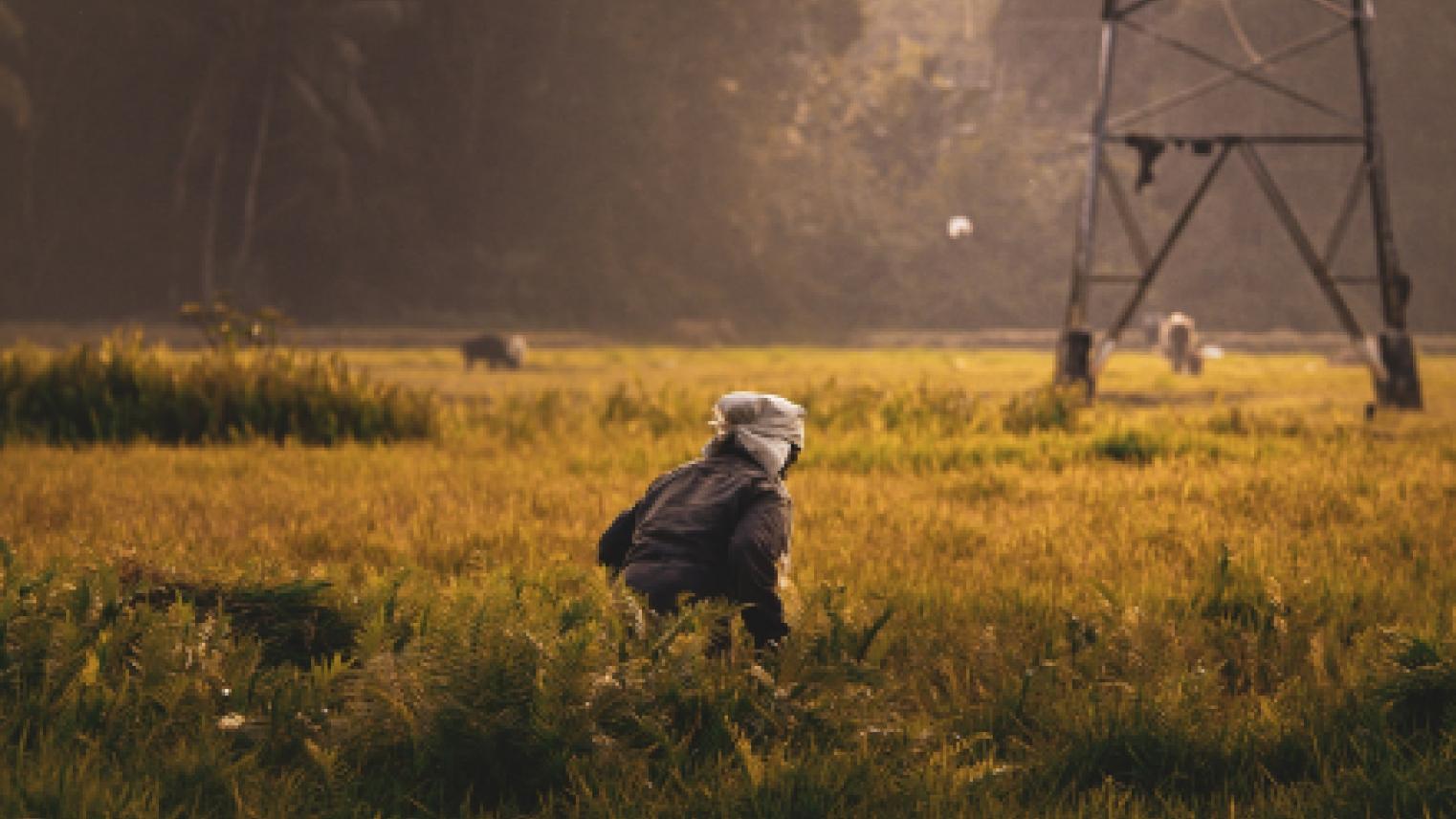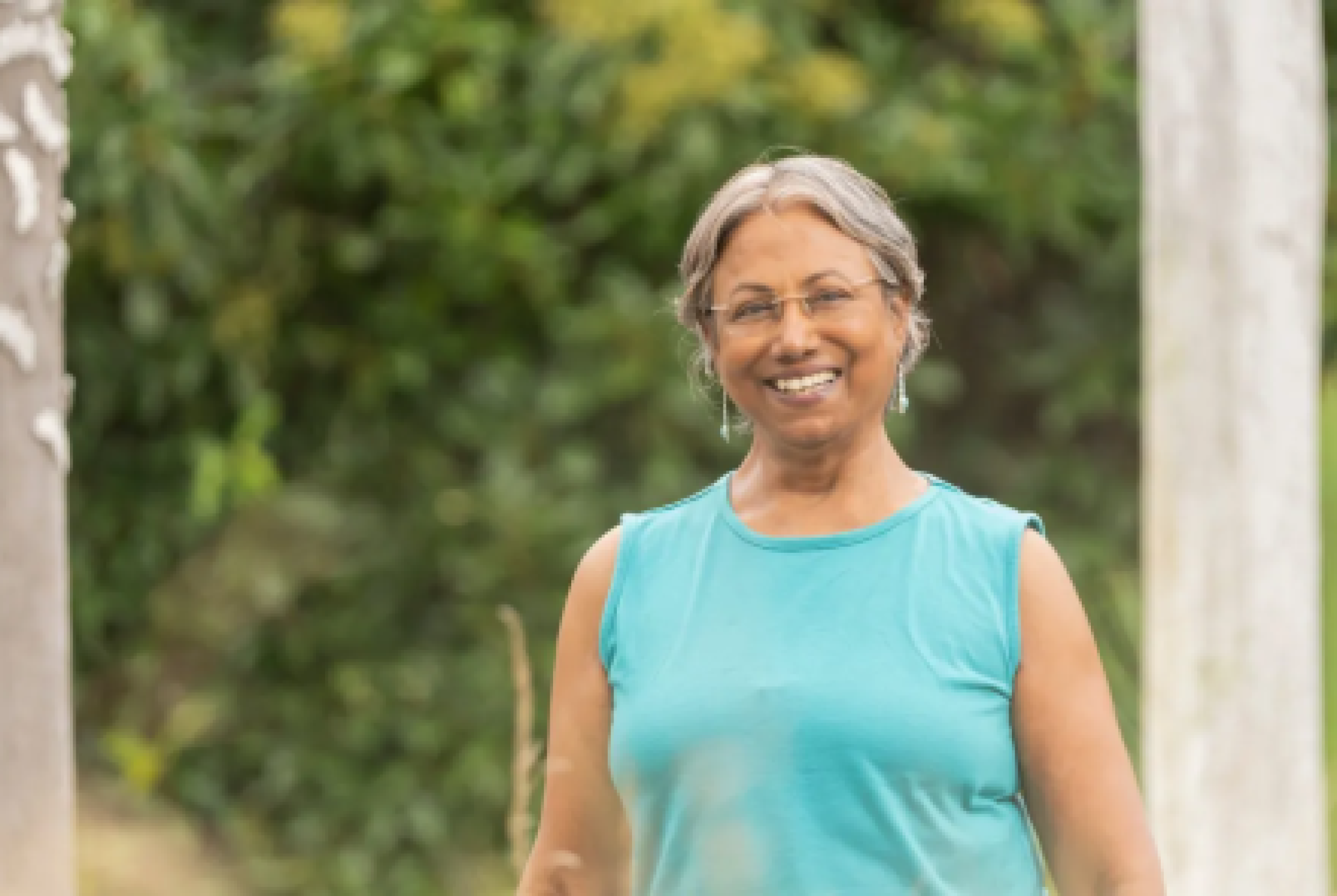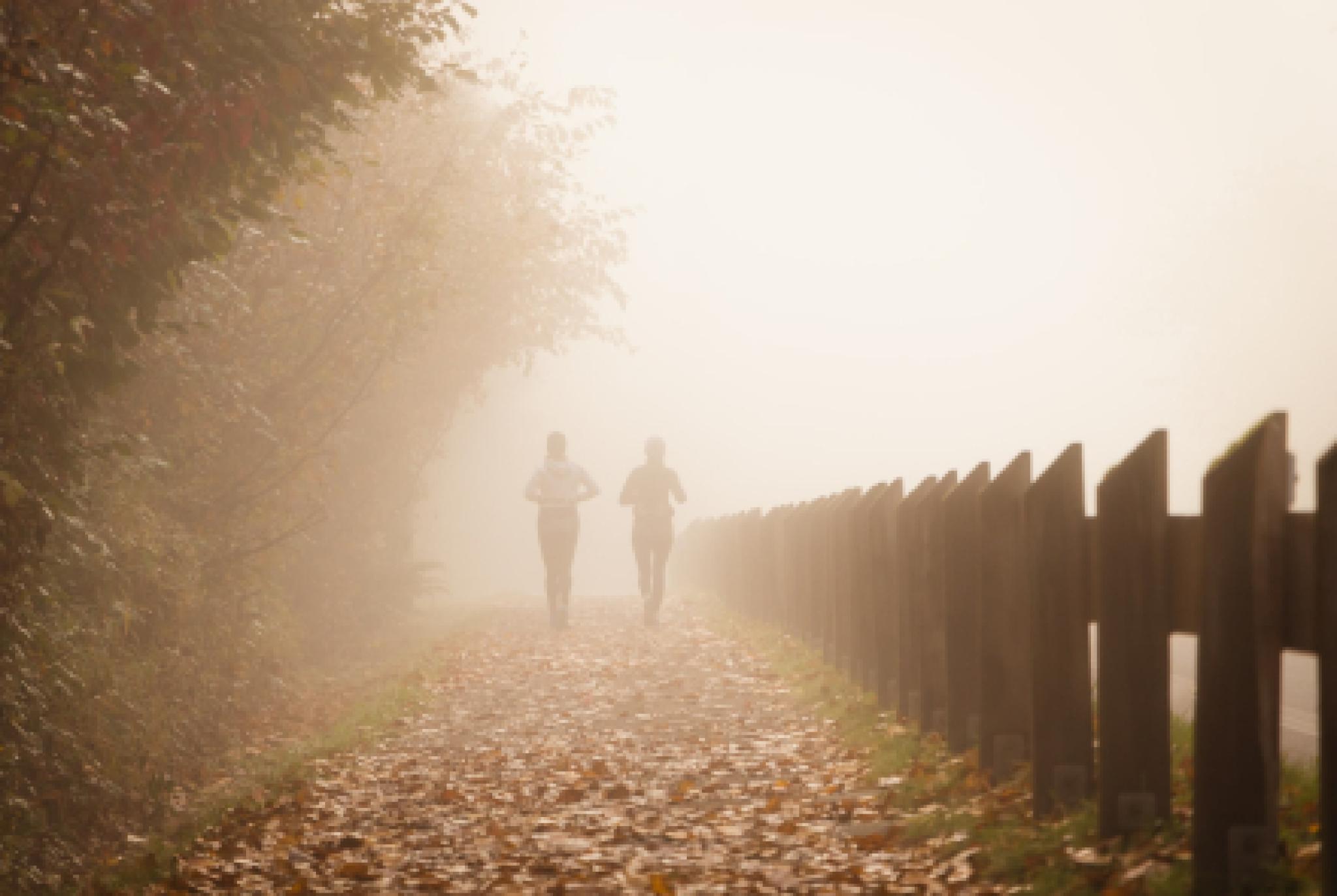Kuntala Lahiri-Dutt convenes the gender specialisation in the Masters in Applied Anthropology and Participatory Development (MAAPD) course and also teaches courses on Exploring Gender and Development.
India’s women are the key to its future

India must realise that gender equality is an issue for all its citizens, and combat bias against women for the benefit of everyone in the country, Kuntala Lahiri-Dutt writes.
As the world celebrated International Women’s Day last month, India was in the midst of celebrating its 75th anniversary of independence. So, what have been the achievements of Indian women over the last 75 years, and what progress is yet to be made?
Of course, Indian women continue to face complex and difficult problems every day, but in the face of that adversity they have achieved much.
As for what needs to be done, gender equality in India can be achieved only if Indian men can change their ways. First, they need to realise that gender equality is not about the fall in men’s status. It is not a zero-sum game. They must see that empowering half the population of a country is not so bad after all.
It is important to note that there is no singular type of Indian woman. Physical location – whether they are in the north, south, east, or west of the country – still makes a massive difference to outcomes for women in India.
So do other factors, whether they be religion, ethnicity, caste, or being born in a rural versus an urban community. Some Indian women face near-insurmountable difficulties in getting ahead in life, while others have things easier.
The sheer number of women in India also makes them conspicuous in the world: nearly 10 per cent of the people alive on the Earth today constitute a woman of Indian origin.
The last few decades have ushered in unprecedented changes in Indian life, and women have been at the heart of that change. An Indian woman’s average life expectancy was only 31 years in 1947. Today, it is around 70 years.
In 1881, when the first full census was conducted officially in India, less than one per cent of Indian women were listed as ‘literate’. Education was primarily for urban men of the upper castes. The legacy of this is evident from the fact that in 1947, at the time of independence, this number had risen only modestly to six per cent. This was despite British influence in spreading English education, the long-standing establishment of universities in Kolkata and Mumbai, and the presence of colleges and schools outside major cities.
This is the first massive achievement of Indian women. In 2011, 66 per cent of Indian women were literate. There are of course regional differences – only 34 per cent of women in eastern India’s Bihar were literate in that census, but 88 per cent of women in the southern state of Kerala knew how to read and write.
The importance of education cannot be overstated. It is crucial for women to be able to flourish, to dream and to be able to realise these dreams, and to know their rights. This is why women are opting for higher education. Between 2015 and 2020, 18 per cent more women entered higher education in India.
This has its side effects though. A National Sample Survey Office data.) from its Periodic Labour Force survey shows a marginal improvement in overall labour force participation rate among women – rising to 20 per cent in 2018-19 from 18 per cent in 2017-18.
In fact, women’s work participation is actually significantly lower now than in 1947, particularly in urban areas. Fertility rates have gone down significantly, from roughly six children per woman to two per woman in recent years, so what might be the cause?
Under-reporting of unpaid work, especially those that women do as an extension of their household chores, is obviously one key reason. Two other factors that may be behind the low labour force participation rate are rising education rates and the effect of household work on women’s work participation.
Women, especially from urban families, are accessing more higher education, but do not necessarily join the workforce after their studies. Non-availability of suitable work within commuting distance is also a factor.
More important than anything is caste. Those from lower castes and indigenous groups more actively participate in the labour force.
Of rural women, 20 per cent work, and of all the work done by women, 84 per cent is devoted to agriculture.
If they are to contribute more in other areas of the economy, women must be relieved from tedious, manual, repetitive chores in the household, and men must take up some of these burdens.
For this, many other changes are needed. For example, women need better access to contraception so that they can determine when to have a child and decide how they want to balance family with their careers.
Stories of individual girls’ courage also go to the heart of how far women have come in India since independence. 14-year old Radha recently made headlines, when as an escapee of child marriage, she joined Plan International to learn leadership and mentoring skills, physical resilience, and to challenge those in her village who still believe in child marriage.
When girls rewrite their stories in these ways, they change the views of their communities. Thanks to their activism, many, even elderly or conservative couples, no longer see a daughter as a ‘burden’ or themselves as purely ‘protecting’ their daughter’s virginity or honour.
Indian women have the potential to be even more influential into the future. As ageing populations become more common, India’s young people can drive an economic transformation in the next couple of decades. It is women who will provide the fuel for this change.
Above all, it is important to credit these achievements, and this potential, to women. They have succeeded not because of India’s patriarchal society, but despite it. What India is poised for now is possibly the greatest transformation in its ancient and complex history – one of women’s emancipation, in which women and men are not adversaries, but partners in building a better country.
A potential powerhouse is slowly waking up, but it is being held back by its patriarchal social structures. India must realise that gender equality is not solely a women’s issue and see that defeating deep-rooted gender-based biases against women is what is best for everyone.



